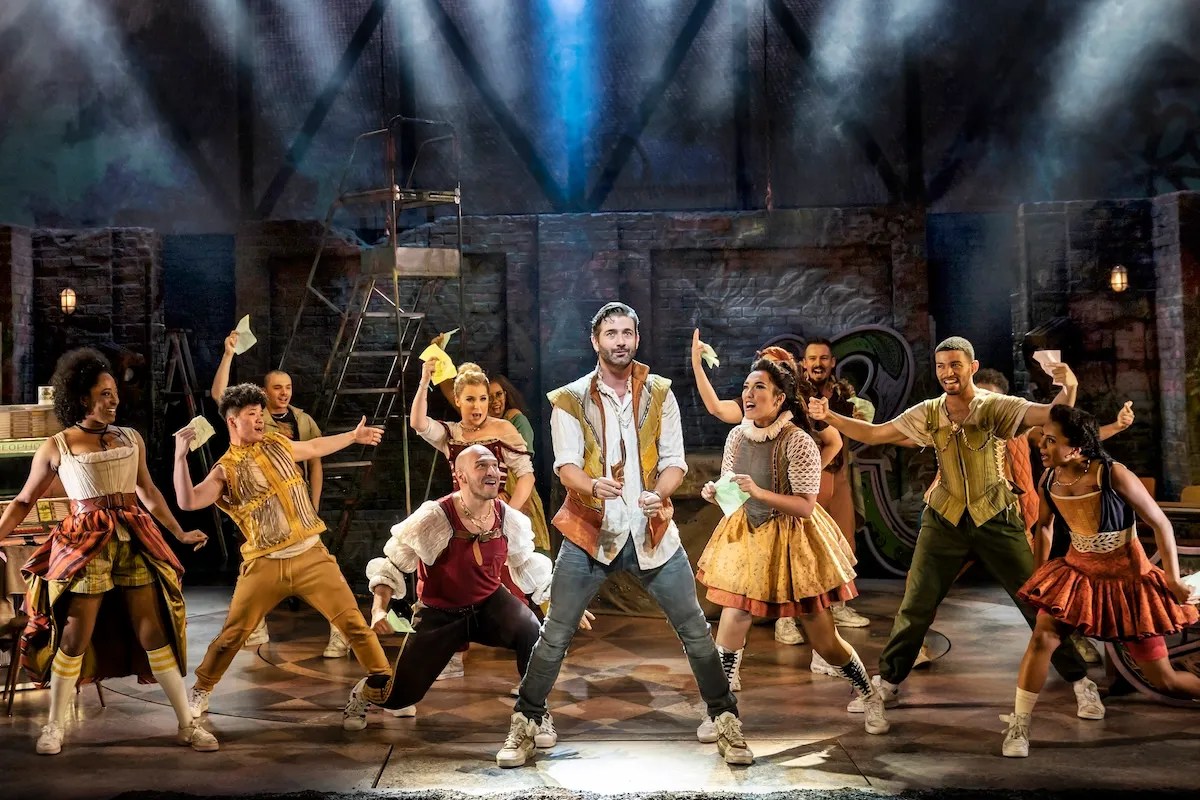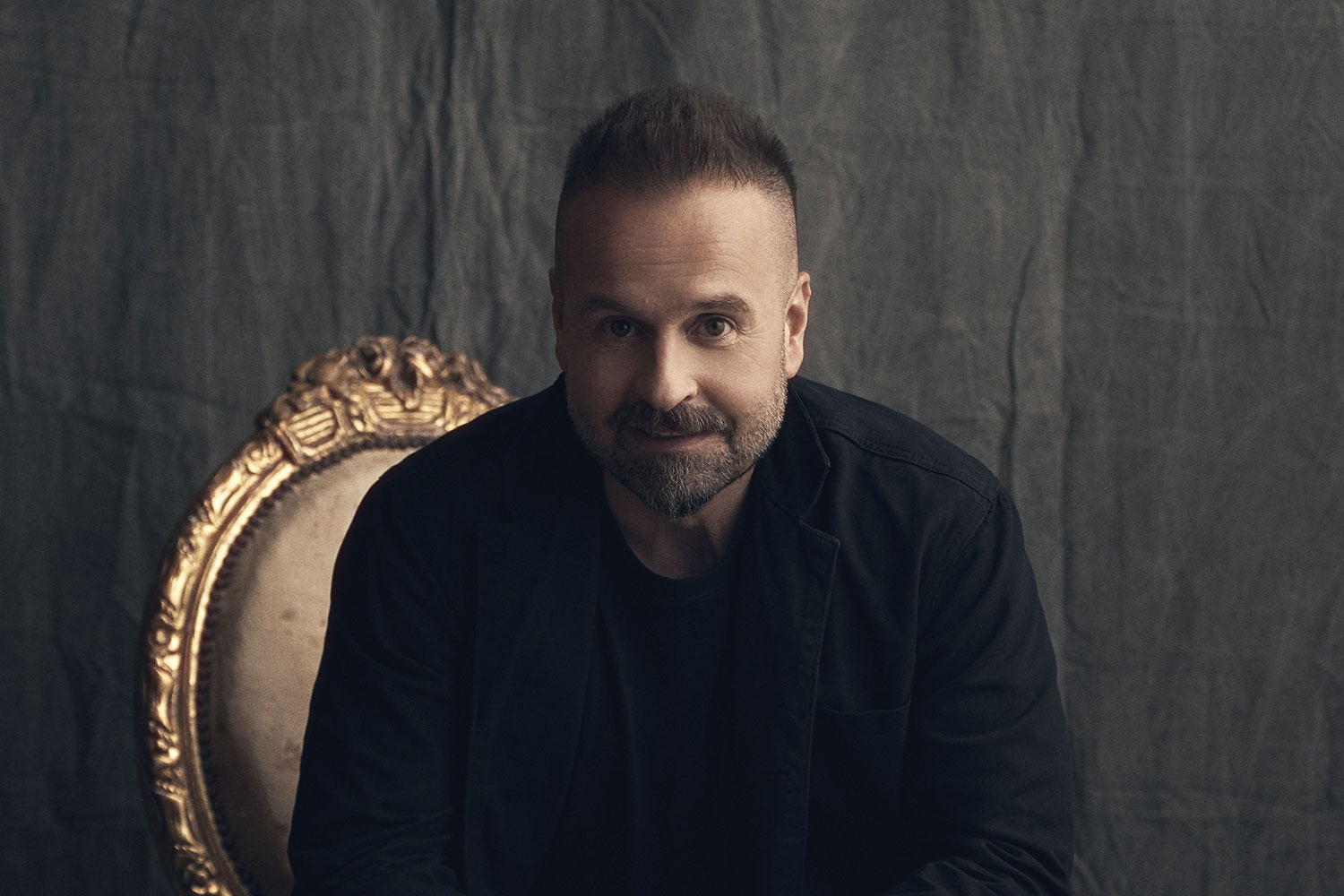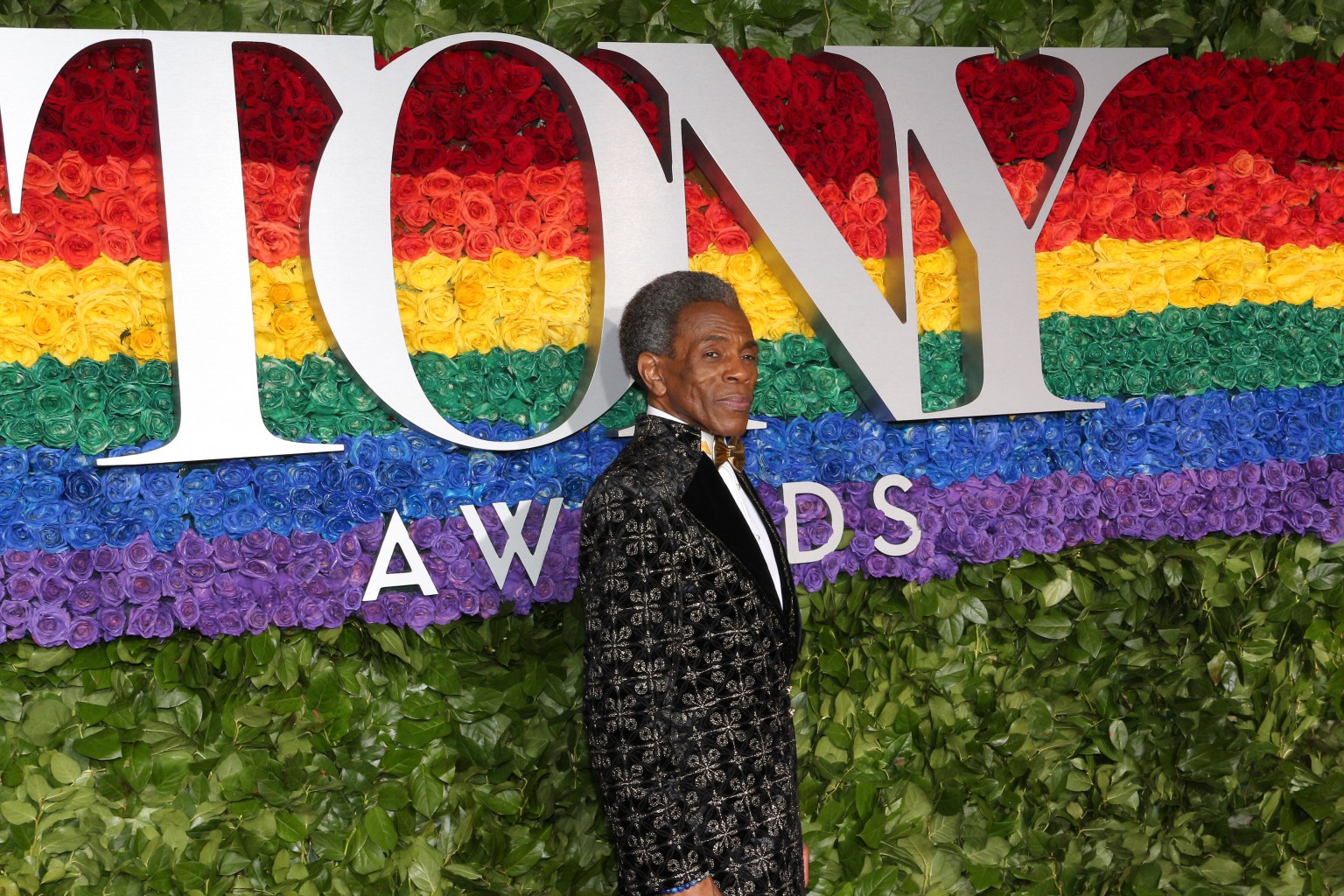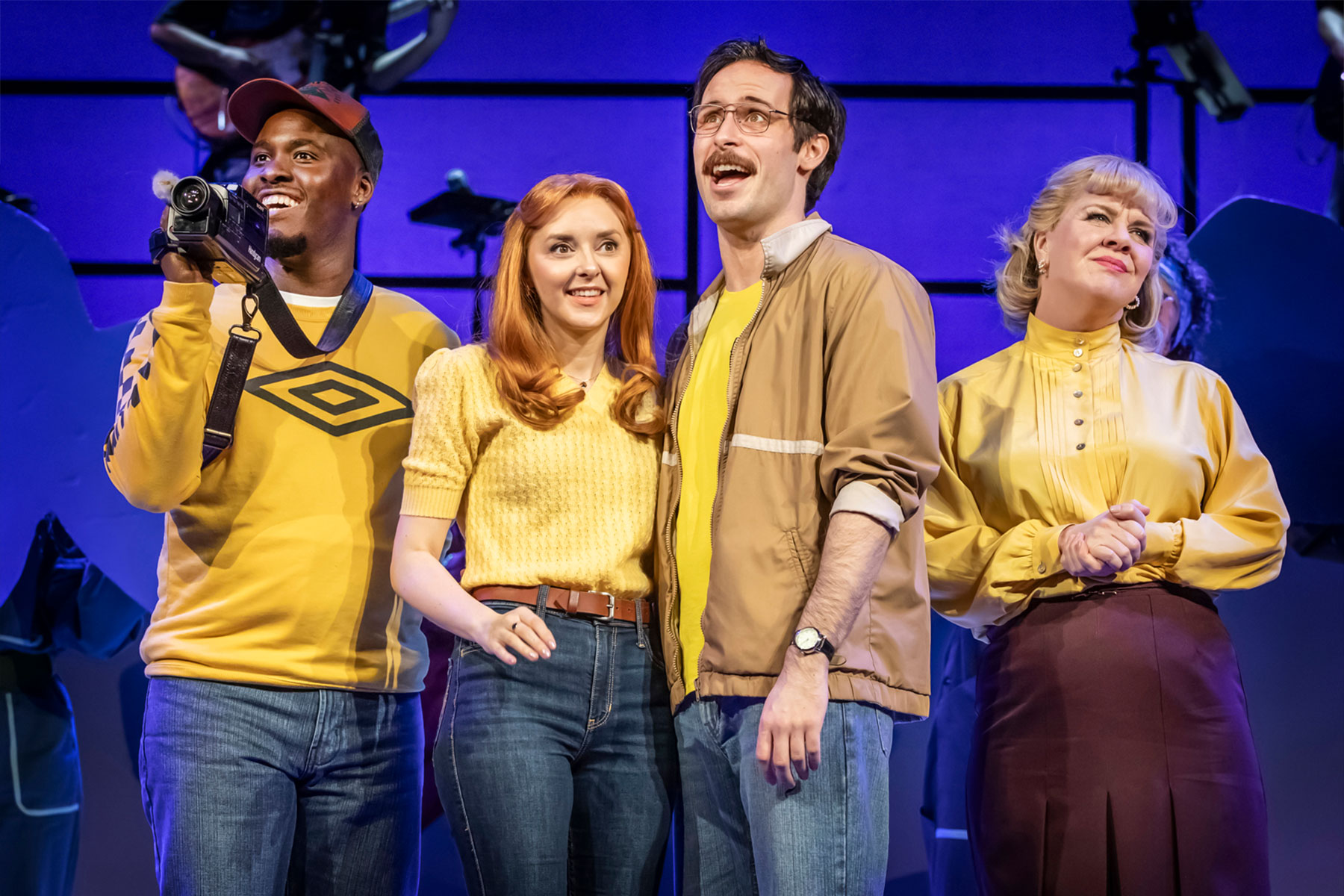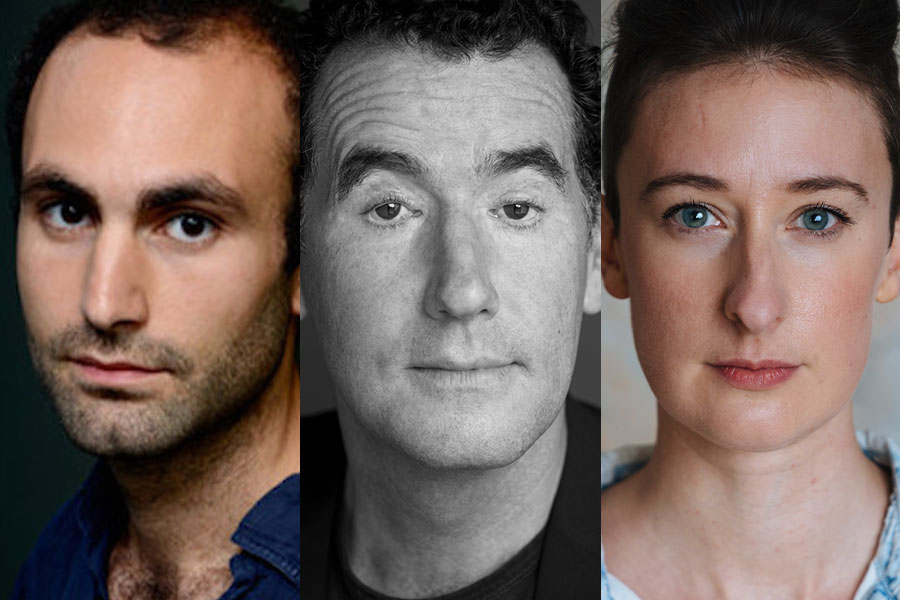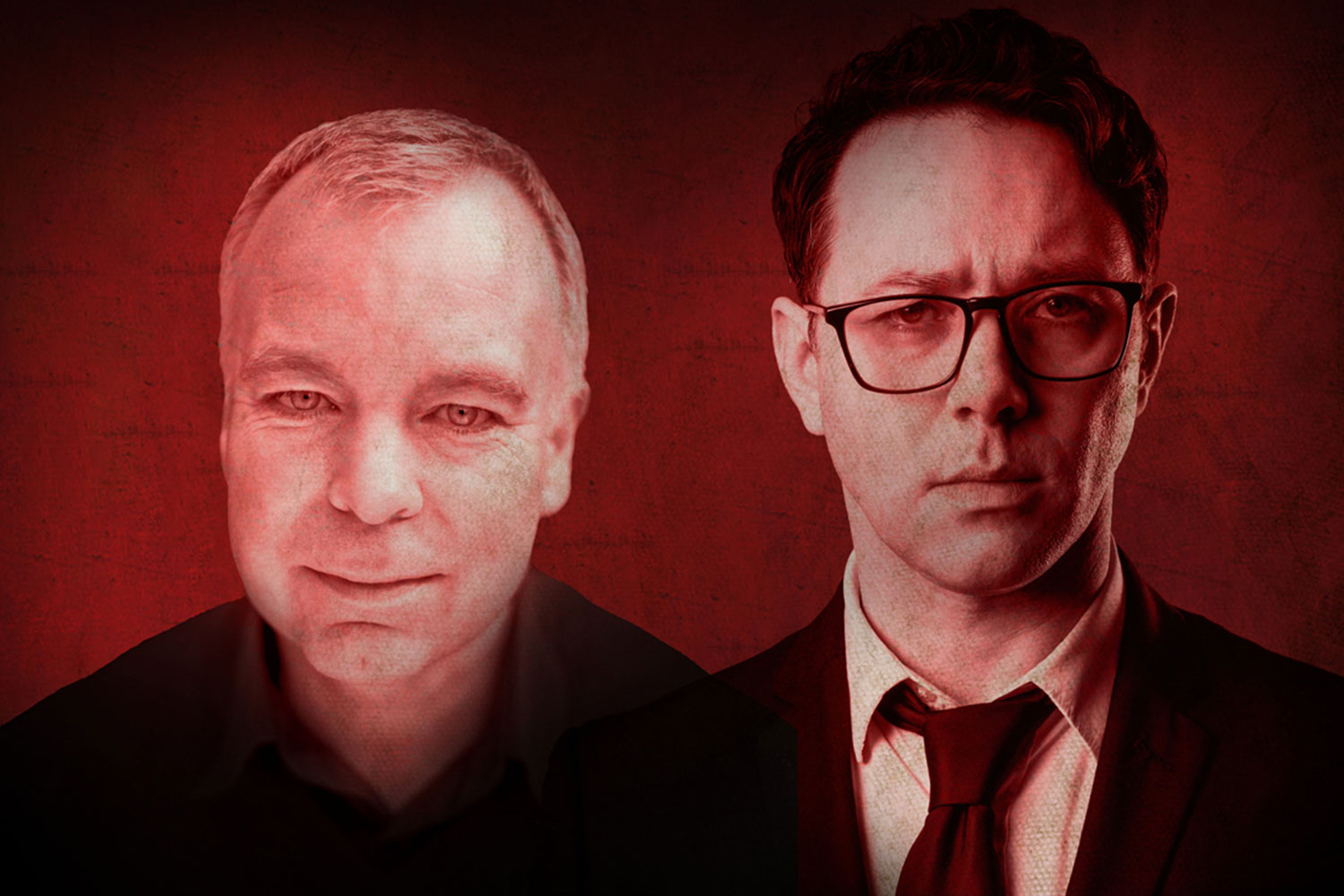Manchester Sound: The Massacre

In 1989, as government restrictions begin to bite, the final Manchester dance rave gets underway in a secret warehouse location. The mood is tense and we are warned about the possibility of gang incursions and that dodgy drugs could cause hallucinations. The latter seems true as spectres from the 1819 political meeting that preceded the Peterloo Massacre take shape in the dance hall.
The Library Theatre’s final site-specific show is a highly addictive, if not completely successful, theatrical experience. Rave culture was very much a communal event (you really wouldn’t listen to dance music at home or sober) but efforts to capture the mood of an outlaw gathering are only partially achieved. Without apprehension or paranoia it feels more like being in a group of schoolchildren than of drunken ravers as you are shepherded from a car park rendezvous, through the side streets of the Northern Quarter, to the secret venue.
Writer Polly Wiseman takes a refreshingly non-judgmental approach to the subject matter. There is no sense that arguing for the freedom to party (or choosing not to) is less valid than holding a rally for the right to vote. In one of many parallels between the past and present it is made clear that the assembly at Peterloo was modelled on a summer festival to show the peaceful intent of those involved. But the need to convey explanatory details results in some clunky dialogue in the early scenes. Things get better as the play progresses with a sparklingly funny cross-cultural clash as the 19th Century phantoms materialize in 1989.
Imaginative staging from director Paul Jepson avoids all of the potential problems arising from promenade productions. Ghostly figures wander through the dancehall guiding the audience so that sightlines are excellent and audibility not an issue. The initial appearance of the political rally, emerging at the far side of the hall, is achieved seamlessly. The out of touch ruling class are displayed as distant god-like figures in cold blue tones on multi-media screens. Set designer Amanda Stoodley creates a bizarre cats-cradle that suggests the netherworld in which the characters from different time zones can interact.
The emotional impact of the play is not fully realised. Despite committed performances from the cast the sheer range of characters and the extent of the historical information communicated limits the opportunity to form connections. Both writer and director struggle on how best to end the play with an apparent conclusion arising on a couple of occasions. But when the real thing does appear it leaves you in no doubt that you’ve taken part in major event.




